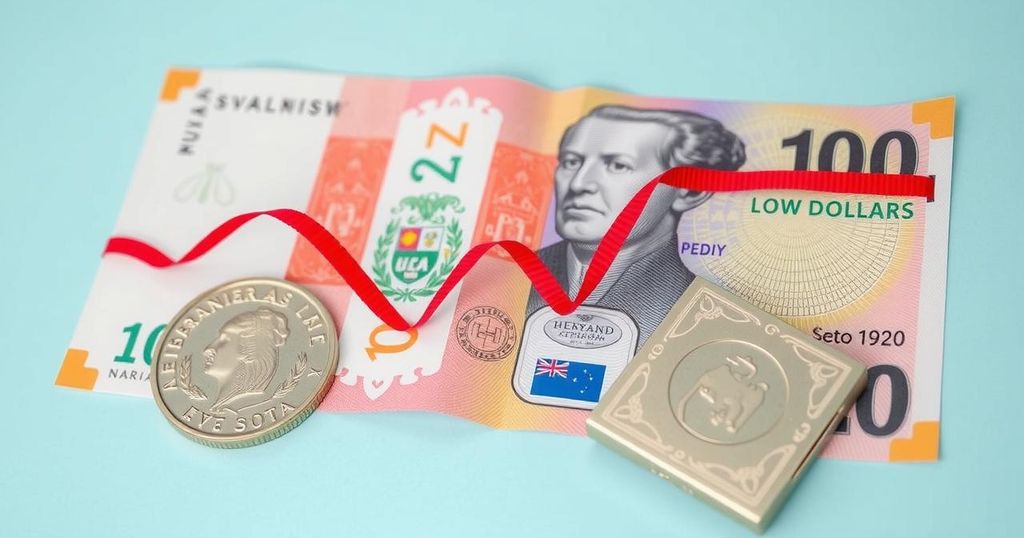Peru maintains a favorable trade surplus, contributing to a low U.S. dollar exchange rate. This stability fosters positive local price trends, including lower food costs. Minister Arista highlights growth achievements and a strategic focus on attracting private investment and expanding trade agreements with various countries. Peru’s international reserves have notably increased, further underlining the nation’s economic stability and growth potential.
Peru’s trade balance remains favorable, boasting an annual surplus with a monthly average of US$2 billion. This surplus contributes to a low exchange rate for the U.S. dollar, as observed by Minister Arista, who noted the positive impact on local prices, including a decrease in chicken prices due to currency stability. Furthermore, all economic sectors are actively seeking market expansion and enhancing exports through irrigation projects to increase agricultural output.
Recently, the interbank exchange rate was recorded at S/3.778 per dollar, showing a slight annual variation of 1.18%, as stated by the Central Reserve Bank. Minister Arista has emphasized ongoing efforts to improve macroeconomic indicators, particularly after challenges faced in 2023. A reported GDP growth of 3.2% positions Peru as the leader in economic growth within Latin America; however, sustainability of this growth remains a priority.
To maintain progress, it is imperative to attract private investment and optimize public investment efficiency, alongside the promotion of more free trade agreements. The government is making strides to enhance its international presence by entering into agreements with countries such as France, the United Kingdom, Spain, and China to prevent double taxation. Expanding trade agreements, including those with India and Vietnam, is also on the agenda, reflecting Peru’s commitment to positioning itself as an attractive destination for private investment.
Additionally, the economist pointed out a significant rise in Peru’s international reserves, growing from US$71 billion two years ago to US$82 billion today. These developments collectively underscore the government’s strategic focus on bolstering economic stability and fostering sustainable growth through international cooperation and private sector engagement.
Peru’s economic landscape has recently been characterized by a positive trade balance, which has led to a stable currency exchange rate against the U.S. dollar. This environment of economic stability benefits both local consumers and producers. The government has recognized the importance of sustaining economic growth and expanding international trade relations, particularly following a challenging economic period in 2023. Current efforts include the attraction of foreign investments and the establishment of new trade agreements with various countries, a critical move for enhancing Peru’s market presence and economic resilience.
In conclusion, Peru’s trade surplus significantly contributes to the stability of its currency and the growth of its economy. Minister Arista’s statements reflect a comprehensive strategy focused on enhancing exports, attracting foreign investment, and establishing international agreements. The increase in international reserves further demonstrates the country’s economic strength. As Peru strives to maintain its growth momentum, it is evident that strategic international partnerships and proactive economic policies are essential for sustainable development.
Original Source: andina.pe






